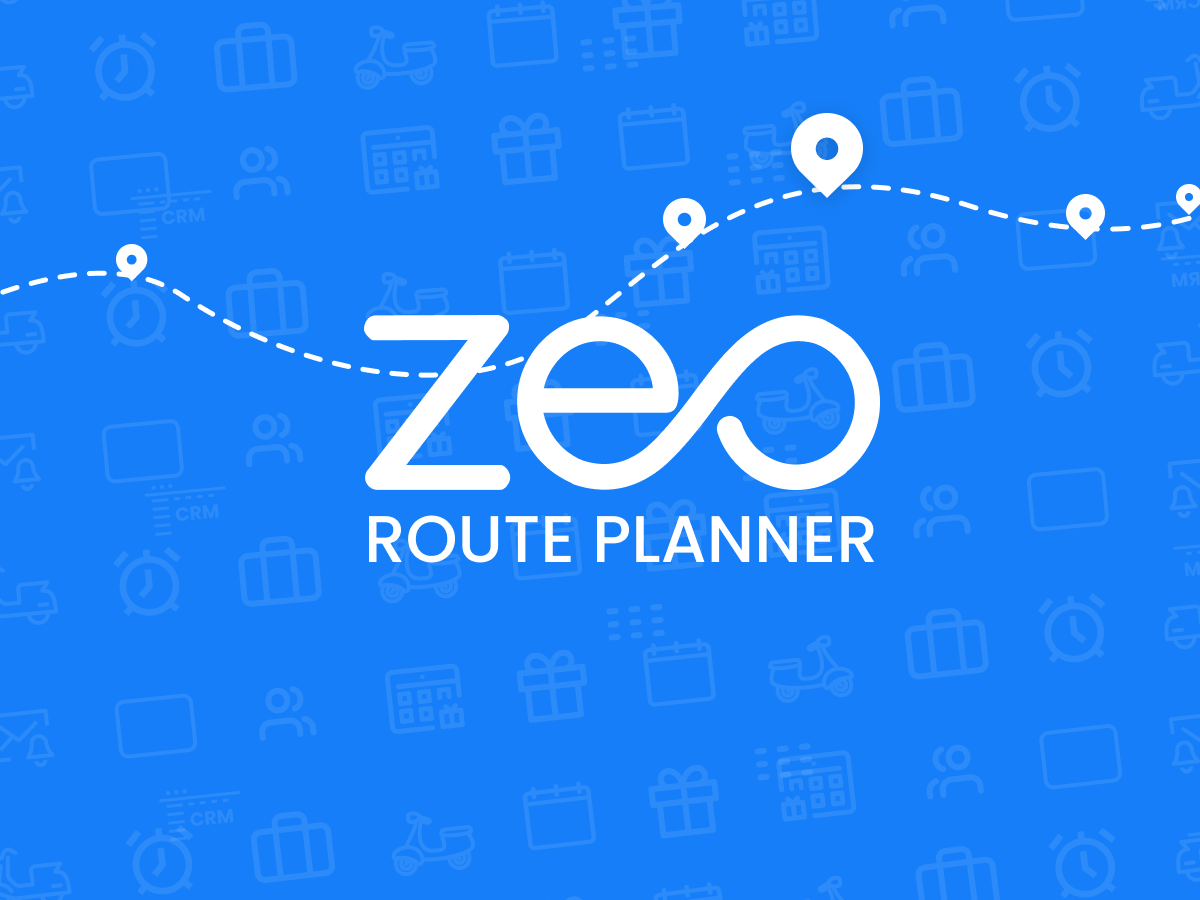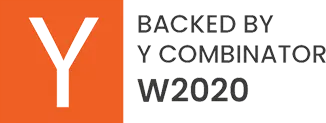Time is a crucial resource in today’s fast-paced world. Knowing when to expect the arrival of people or things is critical for planning and efficiency. A scenario like this is where the Estimated Time of Arrival (ETA) comes into play.
In this blog, we will look at the notion of ETA, how to calculate it, the factors that influence it, and how to optimize it using cutting-edge tools like the Zeo Route Planner.
What Exactly is ETA?
The estimated time at which a person, vehicle, or shipment is expected to arrive at a specific destination is the estimated time of arrival (ETA). The ETA provides a timeline based on distance, speed, traffic conditions, and other factors.
What Influences ETA?
Several things can influence a journey’s ETA. Following are some examples:
Distance: A significant element influencing ETA is the distance between the starting location and the destination. Longer travel times are often associated with greater distances.
Speed: The average speed of the travel is essential to calculate ETA. Higher speeds shorten overall travel time, while slower speeds lengthen it. Changes in traffic conditions can also affect ETA.
Weather Conditions: Adverse weather conditions such as heavy rain, snowstorms, or fog can cause transportation to slow down and potentially increase the ETA.
How Do I Determine My ETA?
ETA estimations take into account a variety of parameters, including distance, speed, and real-time information. While the exact calculation may vary based on the method employed, a basic formula to determine ETA is:
Current Time + Travel Time = ETA
To compute the travel time, you can divide the distance by the average speed. Advanced algorithms, on the other hand, can consider traffic patterns, historical data, and real-time updates for more precise ETA calculations.
ETA, ETD & ECT
While ETA focuses on the projected arrival time, there are two more critical time-related concepts to consider: ETD and ECT.
Estimated Time of Departure (ETD): When a travel or shipment departs from its starting point. ETD aids in the planning and coordination of many tasks before departure.
Estimated Time of Completion (ECT): When a certain task or activity will be completed. ECT is very beneficial in project management and service industries.
What Influences ETD and ECT?
ETD and ECT, like ETA, are influenced by various circumstances.
The ETD is affected by the time required for loading, securing goods, and executing pre-departure checks, whereas the ECT is affected by weather, traffic congestion, and unexpected delays. You need to keep these factors in mind when estimating departure and completion timeframes.
Read more: The Role of Route Optimization in E-Commerce Delivery.
How Can Zeo Route Planner Help with ETA, ETD & ECT?
The Zeo Route Planner is a cutting-edge tool that uses powerful algorithms and real-time data to provide accurate ETA, ETD, and ECT. Here’s how it can help you improve efficiency:
Analysis of Previous Data: The tool examines previous data to discover recurring traffic patterns, construction zones, and other factors that affect the ETA, ETD, and ECT. Using this data, the application can generate accurate forecasts and recommend the best routes and departure times.
Real-Time Modifications: Zeo Route Planner’s calculations are constantly updated based on real-time data, allowing for dynamic modifications to ETA, ETD, and ECT.
Route Optimization: It optimizes routes based on various factors such as distance, and anticipated travel times. Considering these aspects, the program can determine the most efficient ways to save travel time and ensure on-time arrivals, departures, and task completion.
Improve Operational Efficiency with Zeo
Accurately forecasting the time of arrival, departure, and task completion is critical in today’s fast-paced world for successful planning and resource allocation. The Estimated Time of Arrival (ETA) indicates when a person, vehicle, or item is expected to arrive at its destination. Distance, speed, traffic conditions, and weather can all affect ETA, as well as the Estimated Time of Departure (ETD) and Estimated Time of Completion (ECT).
An innovative solution like the Zeo Route Planner is capable of providing real-time ETA, ETD, and ECT. The Zeo Route Planner aids users in making educated decisions, offering alternate routes, and dynamically altering plans—allowing users to ensure efficient and timely arrivals, departures, and task completions.
Incorporating such technology into logistics and transportation businesses can help you dramatically improve operational efficiency, customer happiness, and overall productivity.
Looking forward to trying Zeo? Book a free demo today!
Read more: 7 Features to Look for in a Route Planning Software.

























